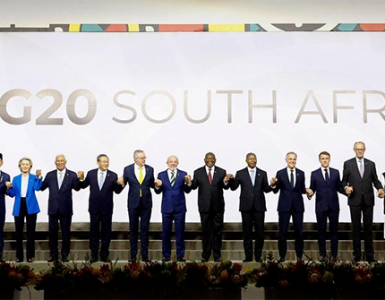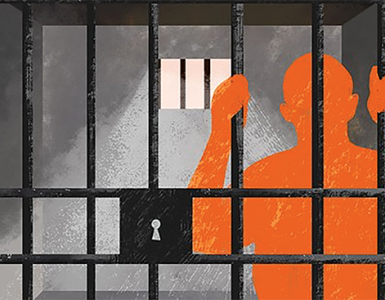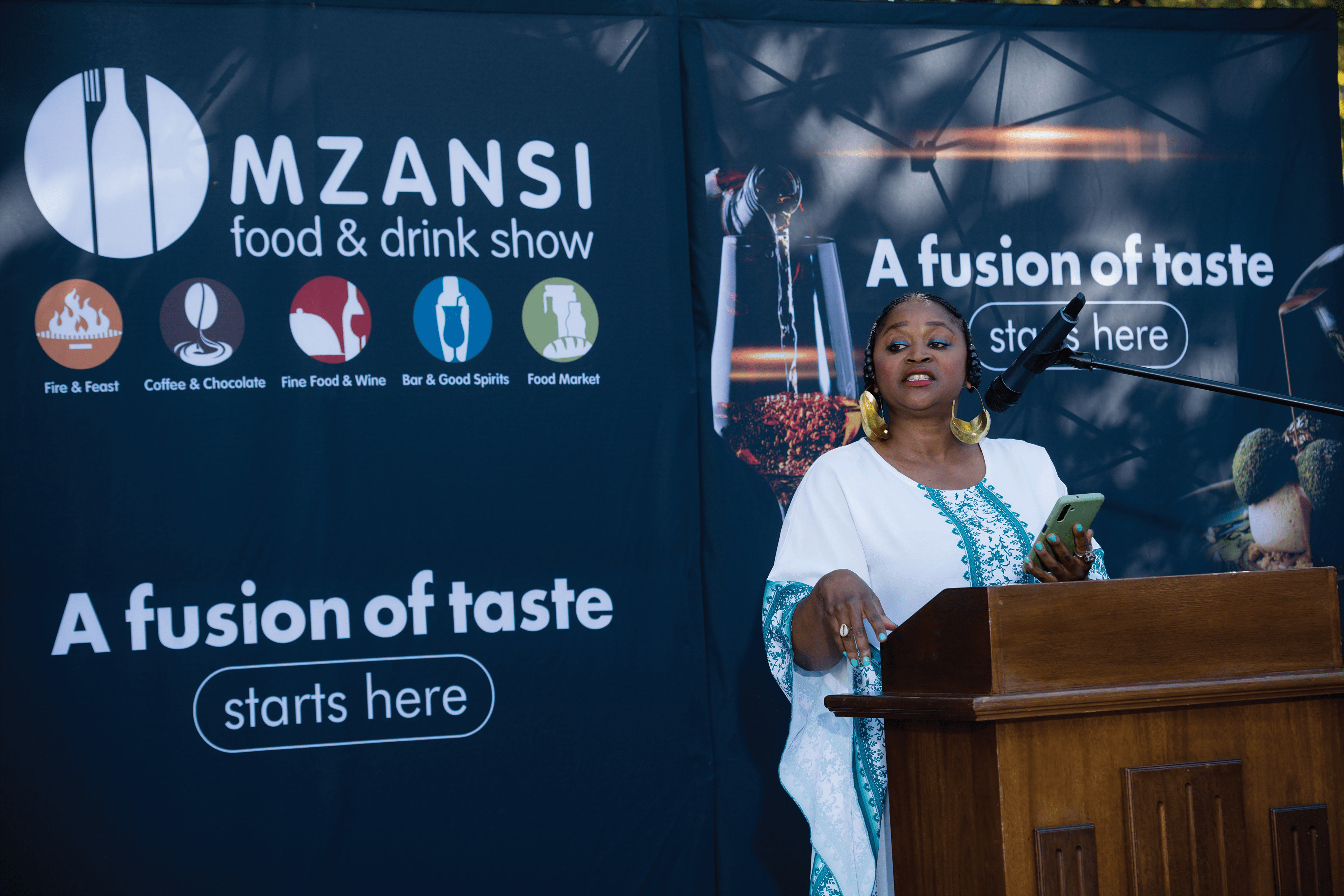Fail: Municipalities failing to reinvest their revenue to maintain their water infrastructure.
By Monk Nkomo
Management and equitable distribution of water is a national priority because the provision of water was about restoring and affirming the dignity of all human beings, according to President Cyril Ramaphosa.
Addressing the National Water and Sanitation Indaba in Midrand , Ramaphosa said March was Human Rights Month – a time to celebrate the progress made in giving effect to the Bill of Rights in the Constitution. These rights, including the right of access to sufficient food and water, were interrelated and interdependent. ‘’ At their centre is the most fundamental right of all – the right to human dignity.’’
Beyond being a strategic national asset and a key enabler of economic growth, the provision of water was about restoring and affirming the dignity of all. Water and sanitation were key to development.
As such, water stewardship, namely its management and equitable distribution, was a national priority. As a country, he added, we should be proud of the progress that had been made in fulfilling this basic right of the people since the advent of democracy. The National Water Act of 1998 was the key legislative enabler to facilitate access to adequate water and sanitation for our people.
Ramaphosa said at local government level, financial mismanagement, insufficient revenue collection systems and high levels of physical water losses, were compounding existing delivery problems of water and sanitation services.
‘’Grievances with water and sanitation delivery are behind a number of social protests across the country’’, the President added.
Municipalities were failing to reinvest the revenue they earned from the provision of services to the upkeep of key water infrastructure. Governance challenges and inefficiencies at the various reporting entities including the Water Boards, had long been in the public domain.
‘’ A number of water boards have been or are the subject of probes by the Special Investigating Unit (SIU) for corruption and fraud. These are problems impacting a country with a growing population and that is one of the most water-scarce countries in the world.’’
The World Resources Institute, according to the President, had estimated that the biggest challenge in water demand between now and 2050, would occur in sub-Saharan Africa. It also ranked South Africa amongst 25 countries that were extremely water – stressed and currently using over 80 percent of their water supply to meet their domestic needs.
At a global level, the climate crisis would further exacerbate not just South Africa’s but the world’s water security.
‘’ These factors make for what is called a perfect storm where dry taps, broken infrastructure and poor management of water resources at local level is fuelling public discontent.’’
On a positive note, Ramaphosa said the results of Census 2022 pointed to the country’s ongoing progress since the National Water Act was signed into law. In 2022 access to clean water stood at 88,5 per cent, and access to improved sanitation stood at 80,7 per cent.
One contrasted this to the apartheid legacy where by 1994, approximately 30 percent of the population lacked access to adequate water supply and more than 50 percent were without adequate sanitation.
He commended the Department of Water and Sanitation for its ongoing efforts to improve water and sanitation access in the country. This included progress towards meeting the minimum standards for the provision of water and sanitation services and in addressing connection backlogs.
The National Infrastructure Fund had to date secured R23 billion for seven large water infrastructure projects, Phase 2 of the Lesotho Highlands Water Project had resumed, as had work on the uMkhomazi Dam and preparations were underway for the construction of the Ntabelanga Dam on the uMzimvubu River.
‘’We have a number of other water infrastructure projects earmarked for blended financing through the Infrastructure Fund, such as the Polihali Dam that will feed 490 million cubic meters of water a year from the Lesotho Highlands into the Vaal River System.’’
Whilst these long-term water infrastructure build projects would undoubtedly mitigate current supply challenges being experienced, the government was aware that security of supply was by no means their only challenge.
‘’We are still very much a long way off from achieving clean water and sanitation for all, as encapsulated in Sustainable Development Goal 6. Last year’s Water Summit identified ageing and poorly-maintained infrastructure, vandalism of water infrastructure, illegal connections, and organised crime in the water sector as some of the challenges facing service delivery in this sector.
The President said in his State of the Nation address earlier this year, he defined a secure and reliable water supply across the country as an urgent strategic priority, and it was their expectation that the Water Indaba would be focused, precise and outcomes-based and not merely deliberative.
‘’What is needed is an urgent and high-level national turnaround plan on water security that is firstly aligned to the Government of National Unity’s Medium-Term Development Plan 2025 to 2029, and secondly, that harnesses the momentum of the reforms in the sector.’’
Creating an enabling legal and regulatory framework for water stewardship was a priority. Through the Water Services Amendment Bill, the government would introduce a licensing system for water service providers and remove licenses where providers did not meet the standards for quality drinking water.
The government hoped to finalise the establishment of the National Water Resource Infrastructure Agency, one of the most significant reforms coming to the sector to date, by next year. This new agency would bring strategic alignment, consistency and accountability to the various institutional arrangements for water stewardship that had to date proven to be less than ideal.
Resolving the country’s water and sanitation challenges necessities deepened collaboration between all stakeholders in the water resources management ecosystem. There needed to be greater cooperation between national and provincial government, the water resource management entities, and the private sector to support the turnaround in water stewardship.
Much of this focus must be on supporting service delivery at local government level, where it mattered most. Structural reforms in the water sector, as vital as they were, would not be effectively implemented without local government being strengthened.
‘’My call therefore to national government and the department is to use this Indaba as an opportunity to chart a practical course for supporting municipalities in the delivery of water and sanitation. This Indaba must not become an exercise of problem-diagnosing: the challenges are well-known’’.
What was needed was course correction – and comprehensive plan that would expand access to water and sanitation services, improve the quality of water and sanitation infrastructure and bring stability and good governance to all the entities involved in South Africa’s water stewardship.
‘’It has been said many a time that as humans we can survive for a time without food, but without water we will perish.
‘’The people of South Africa look to this Water and Sanitation Indaba with hope, and for a clear strategy and plan on how to uphold their dignity through the provision of water and sanitation services that are their basic right.
We also look to this Indaba for a clear vision for ensuring South Africa’s water security well into the future’’.
































